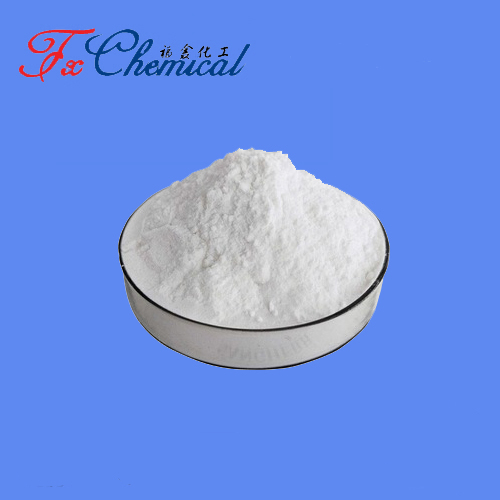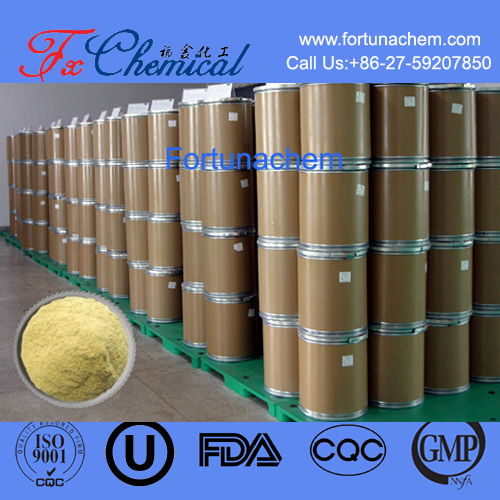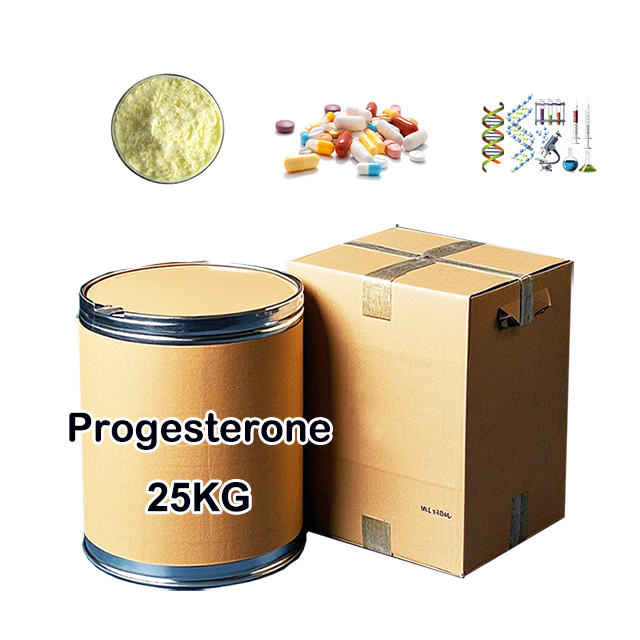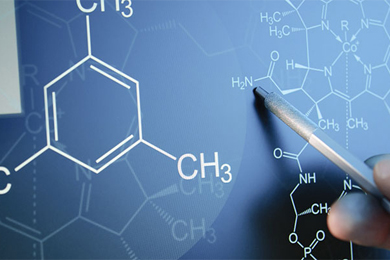
Search

Search

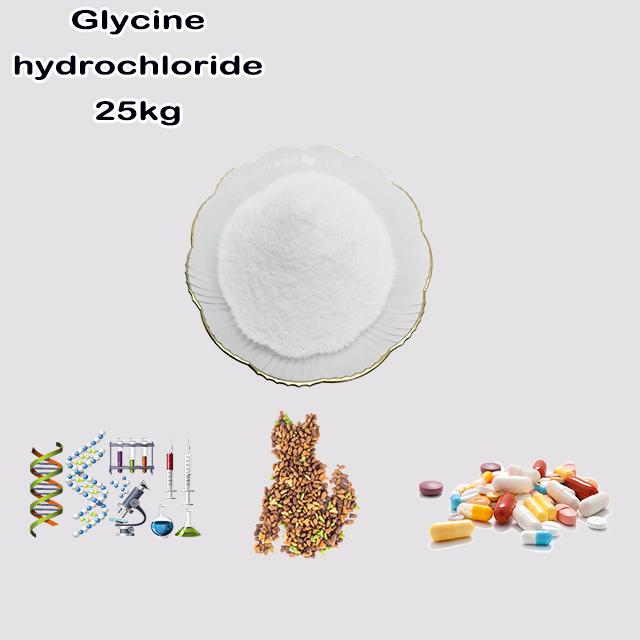
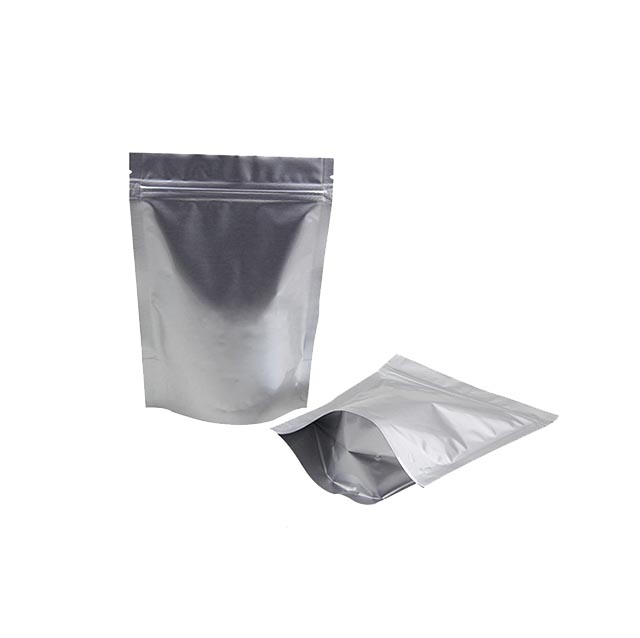
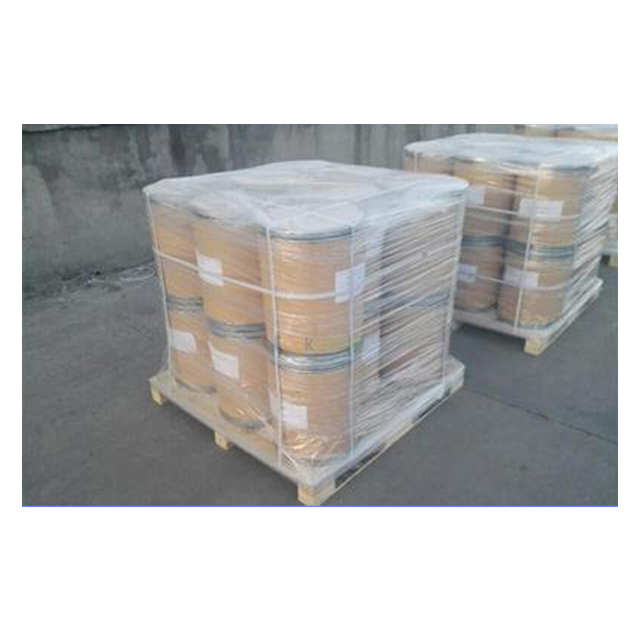
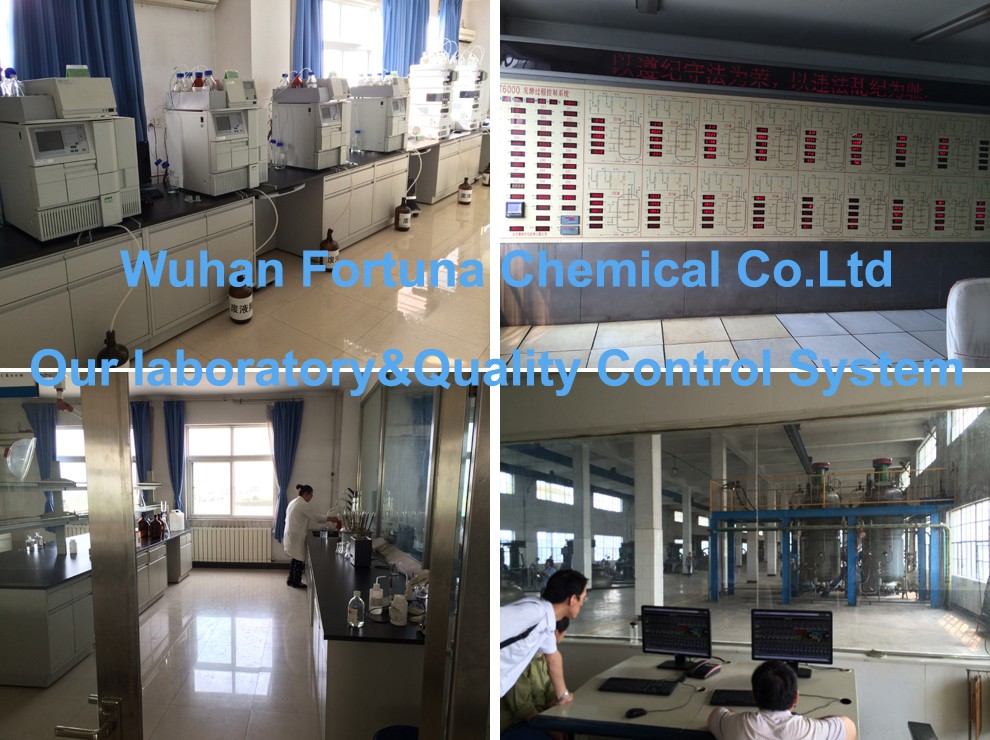
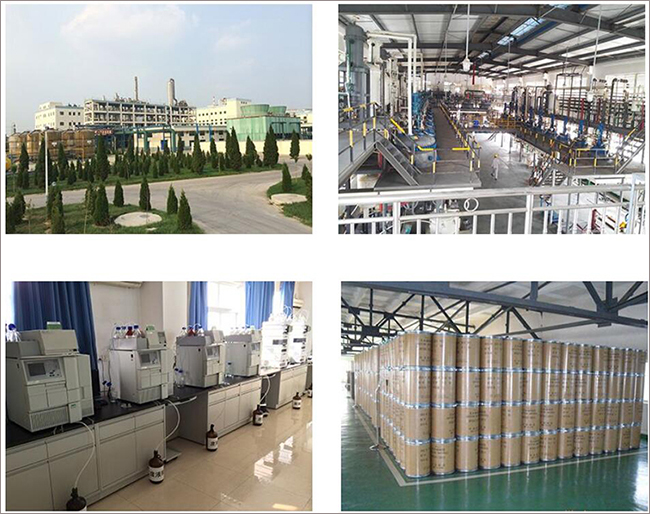





Glycine hydrochloride (C₂H₆ClNO₂) is the hydrochloride salt of glycine, a simple amino acid. It is a white, water-soluble powder used in pharmaceuticals as a drug intermediate (e.g., in antiepileptics) and buffering agent. It also serves as a flavor enhancer, preservative, and stabilizer in food, and as a herbicide precursor (e.g., glyphosate). In labs, it aids in biochemical experiments and protein purification. Though low-toxicity, it requires careful handling to avoid irritation. Stored in cool, dry conditions to prevent moisture absorption. CAS: 6000-43-7.
Glycine hydrochloride is an organic compound and the hydrochloride salt of the amino acid glycine. It is widely used in pharmaceuticals, food, agriculture, and biochemical research. Below is a detailed overview:
Basic Information
Chemical Formula: C₂H₆ClNO₂
Molecular Weight: 111.53 g/mol
CAS Number: 6000-43-7
Appearance: White crystalline powder
Melting Point: 176–182°C (varies slightly depending on the source)
Solubility: Highly soluble in water (>1000 g/L at 20°C), slightly soluble in ethanol, insoluble in ether.
Storage: Store in a tightly sealed container in a cool, dry place (e.g., 2–8°C) to prevent moisture absorption and degradation.
Chemical Properties
Acidity: As a hydrochloride salt, it is acidic and forms buffer solutions (e.g., glycine-HCl buffers).
Stability: Stable under normal conditions but may slowly decompose at temperatures above 200°C.
Hygroscopicity: Absorbs moisture easily; requires protection from humidity.
Key Applications
Pharmaceutical Industry
Drug Intermediate: Used in the synthesis of antiepileptic drugs, antibiotics (e.g., chlortetracycline), and antihypertensive agents (e.g., delapril).
Buffer Agent: Regulates pH in pharmaceutical formulations and experimental solutions.
Nutritional Supplement: Studied for its role in amino acid metabolism and used in parenteral nutrition or research.
Food Industry
Flavor Enhancer: Improves taste in products like soy sauce, vinegar, and fruit juices.
Preservative: Inhibits bacterial growth (e.g., Bacillus subtilis, E. coli) to extend shelf life.
Stabilizer: Maintains stability of vitamins (e.g., vitamin C) in beverages and dairy products.
Agriculture & Pesticides
Herbicide Intermediate: A precursor for glyphosate (a broad-spectrum herbicide).
Plant Growth Regulator: Used in crop ripening agents (e.g., "Zeng Gan Lin").
Biochemistry & Laboratory
Reagent: Employed in immunohistochemistry (e.g., silver stripping buffers), protein purification (e.g., IgG elution), and enzyme assays.
Research Tool: Studied for amino acid metabolism and enzymatic reactions.
Safety & Precautions
Toxicity: Low toxicity, but direct contact with skin/eyes may cause irritation due to its hydrochloride content.
Hazards:
R22 (Harmful if swallowed); S24/25-44 (Avoid contact with skin/eyes; seek medical help if exposed).
Store away from strong acids, bases, oxidizing agents, and food products.
Transport: Classified as UN 1789, a corrosive substance (Class 8, Packing Group III).
Synthesis Methods
Neutralization Reaction: Glycine reacts with hydrochloric acid.
Esterification: Glycine ethyl ester hydrochloride is produced via esterification with ethanol in the presence of HCl.
Comparison with Similar Compounds
Glycine Ethyl Ester Hydrochloride: Contains an ethyl ester group; used in pesticides (e.g., pyrethroids) and anti-inflammatory drugs.
Glycolic Acid (Hydroxyacetic Acid): A distinct compound used in skincare and organic synthesis.
Conclusion
Glycine hydrochloride is a versatile compound with critical roles in medicine, food, agriculture, and research. Its applications span from drug development to food preservation, making it an essential chemical in various industries. Always follow safety guidelines when handling this substance.

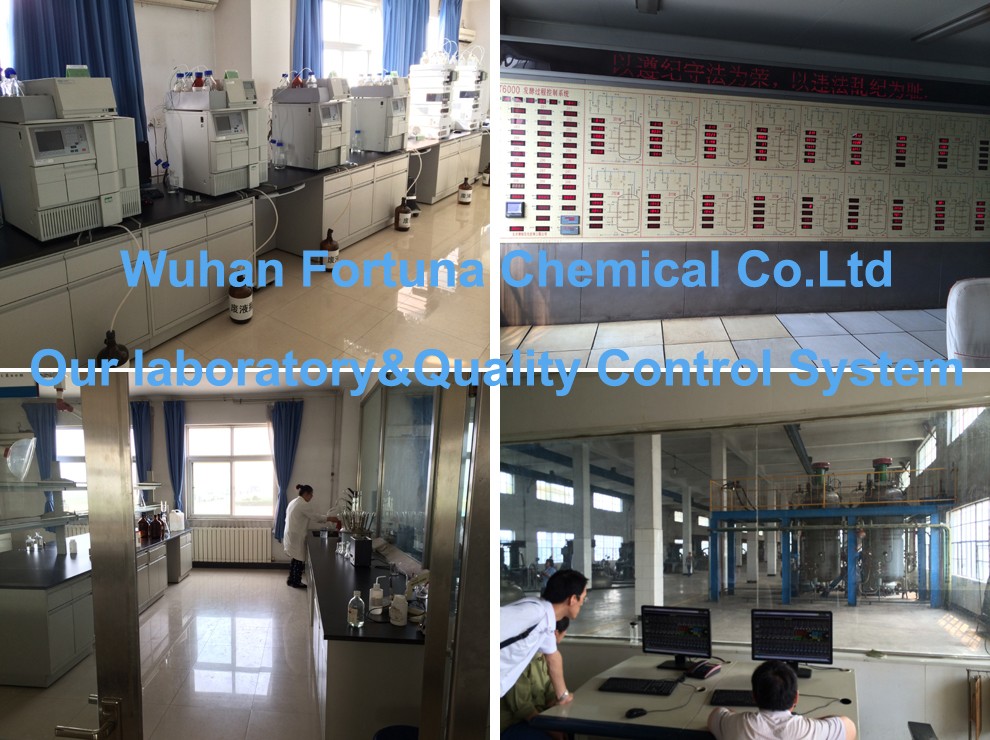


Fortunachem Provides Not Only Professional Chemical Products But Also Professional Help
Keeping you up-to-date with all the latest information, news, and events about Fortunachem!

Quick Links
Add:
E-mail:
 English
English  Español
Español  français
français  العربية
العربية 
